7 ways to remove pen marks from fabric, walls and wood
Pen ink can be stubborn to remove, but not with these 7 hacks

It can be upsetting when you find a pen mark on your sofa, walls, floors, or furnishings, whether it's a permanent marker or not. You might have accidentally dropped a biro or maybe a little one has wreaked havoc with a marker — either way, it can happen in your home pretty quickly. But, it doesn’t make it any less stressful when you’re worried that you’ve ruined that space or item forever.
Luckily, we’ve put together 7 different ways to remove pen marks from fabric, walls, and wood.
Important tip: Before trying any of the methods below, you should first carry out a small test to make sure the solution doesn’t affect your surface in a detrimental way e.g. stripping off the finish or natural oils of the wood or taking the color out of fabric. For this apply a little of the solution with a cotton wool ball or swab to a small hidden area to see how the surface takes to it.
How to remove pen marks from wood
Baking soda
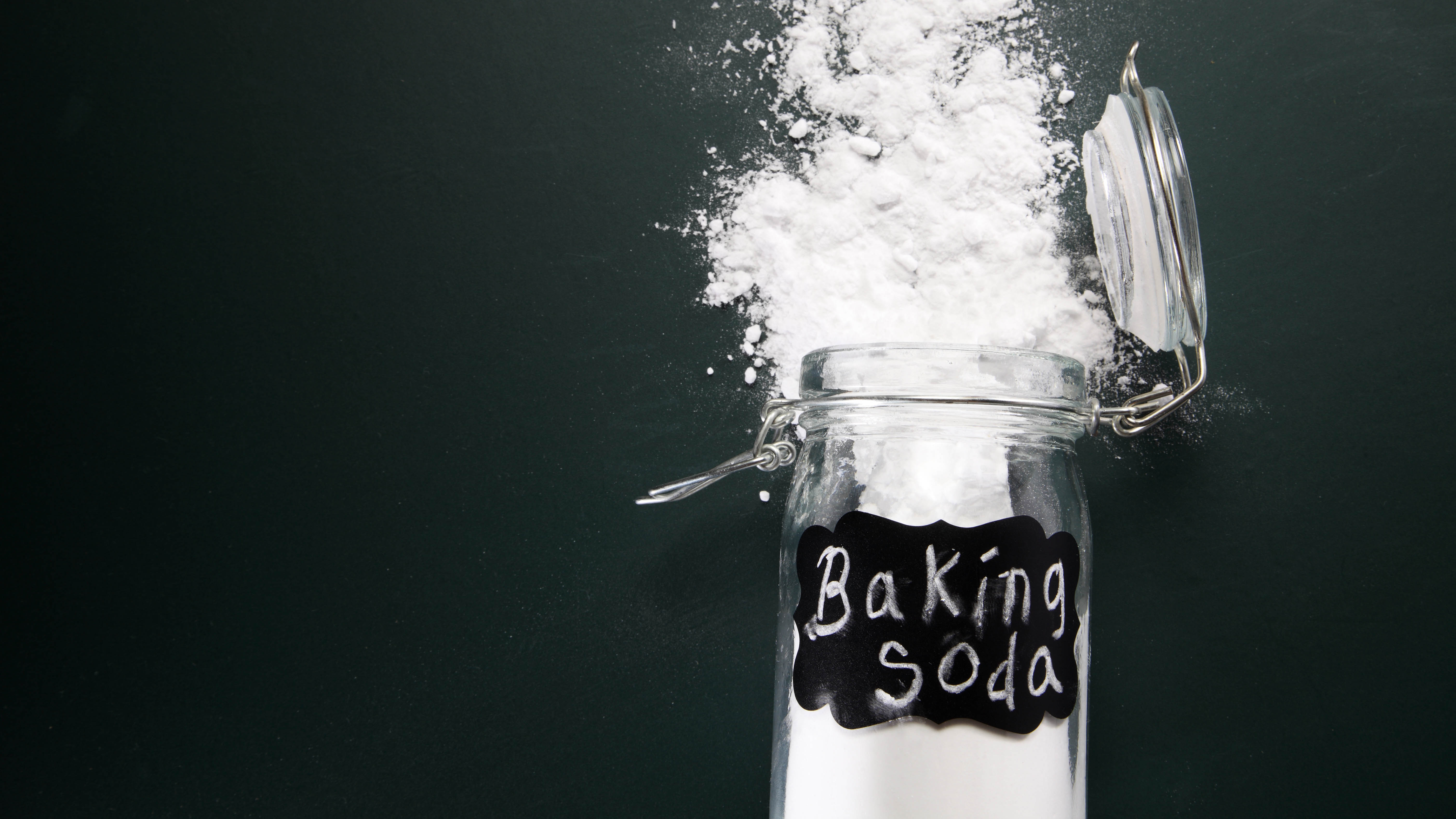
Baking soda is a mild alkali and has great properties for cleaning, as well as being a natural product to use on your home. For removing pen marks from wood, you can follow steps below:
1. First, add one teaspoon of baking soda with five tablespoons of warm water.
2. Mix well until it forms a thin paste.
3. Apply the paste onto the pen marks on your wooden surface.
Sign up to get the BEST of Tom's Guide direct to your inbox.
Get instant access to breaking news, the hottest reviews, great deals and helpful tips.
4. Wait 10 to 15 minutes.
5. Wipe away with a clean cloth and the stain should come away too.
6. If the stain is large and/or stubborn, repeat the steps again until the pen marks are removed.
Dish soap
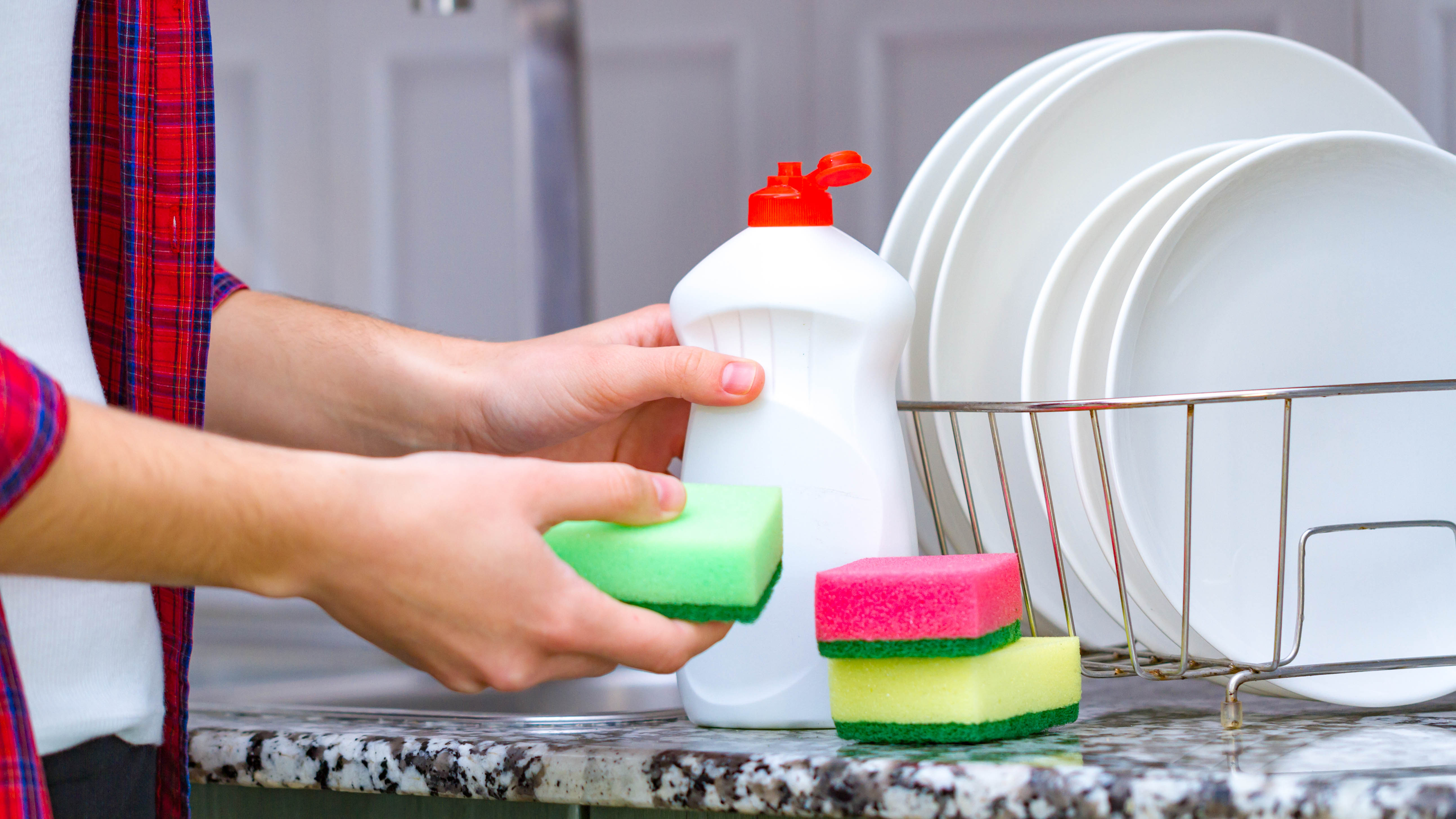
If you don’t have baking soda in your home, you can repeat the above steps with dish soap instead. For this:
1. Add half a teaspoon of dish soap to a third cup of warm water and mix to make lots of bubbles.
2. Scoop up just the bubbles with a dry, soft cloth and use them over the stain, rather than applying the liquid itself.
3. Dab the cloth with the bubbles onto the wood surface.
4. Gentle gabs should pull the stain out of your wood.
5. Wipe clean.
Rubbing alcohol
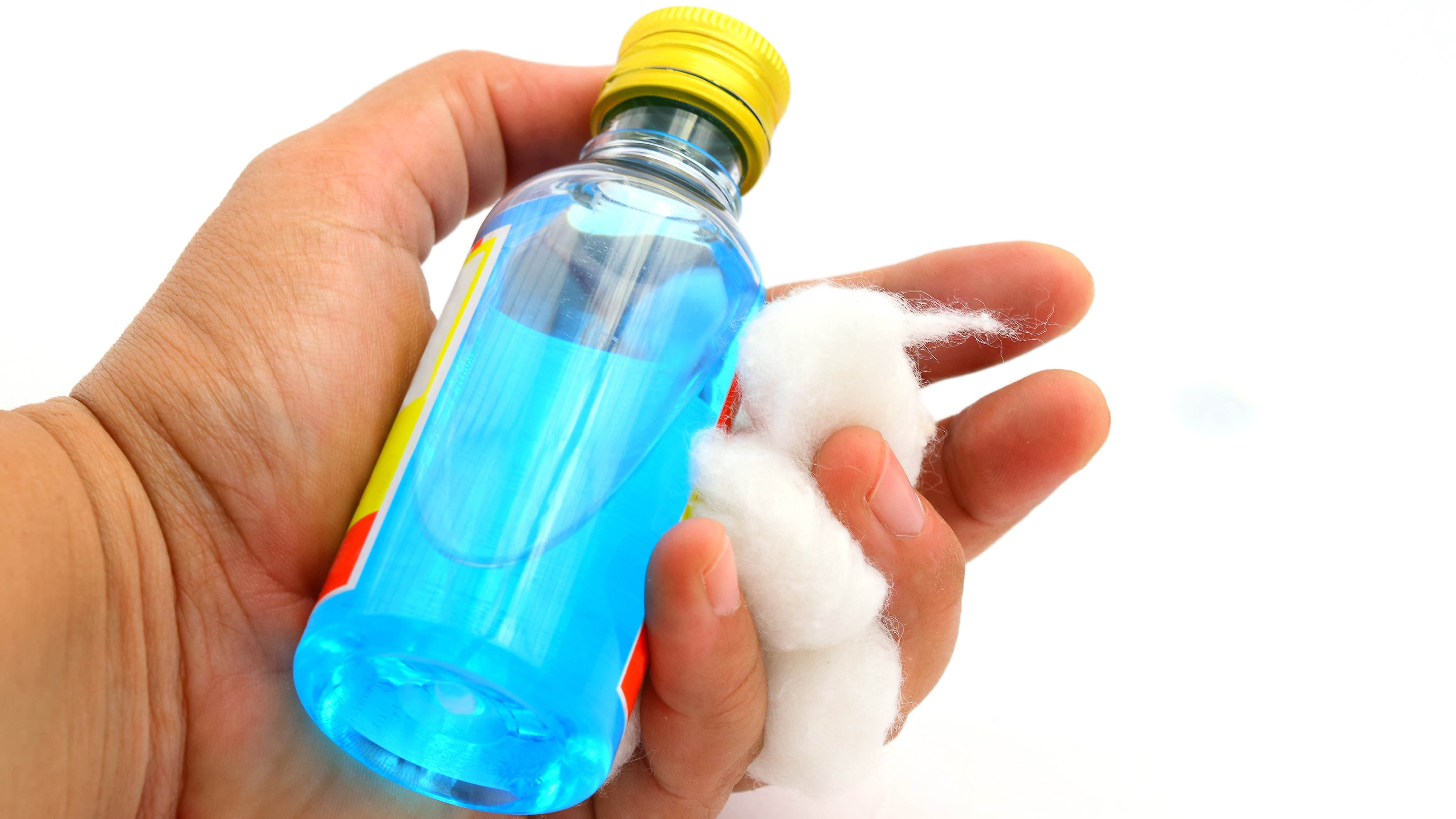
If the stain still won’t budge, you can also try rubbing alcohol (also known as isopropyl alcohol). It’s a well-known effective stain remover for pen ink, but it is a little harsher than our two previous suggestions. As always, try a small test area first to check the effect it has on your wooden surface.
1. Lightly soak a cotton wool ball or swab in the rubbing alcohol.
2. Gently wipe the ink stain until it is removed.
3. If necessary, you may need to repeat this step with a fresh ball or swab.
4. Wipe the surface clean of any rubbing alcohol.
The top tip here is to apply gentle dabs of the rubbing alcohol to remove the ink stain and avoid scrubbing at all costs. Scrubbing the area too hard for any length of time will remove the natural oils or finish of the wood. If it does affect the finish in any way, you can work to reapply the oils and polish the wood down.
With all the options listed above, be sure to wipe the wooden surface clean of any applied solution and then let it dry naturally.
How to remove pen marks from fabric
Rubbing alcohol is also a great option for removing pen marks from fabric like upholstery or clothing. For this, you must do the following:
1. Dab the area with a clean sponge and warm water.
2. Apply a small amount of rubbing alcohol onto a clean cloth. Note: despite its name, do not rub the rubbing alcohol into your fabric as it could push the stain further in.
3. Dab the cloth onto the pen mark until you find it has lifted the stain.
4. Clean it again with a fresh sponge and warm water.
5. Let it dry naturally.
Hairspray

Hairspray is another commonly used alternative if you don’t have rubbing alcohol available, due to the high proportions of alcohol in its ingredients. Be sure to check the ingredients for alcohol first though as it is now often removed for its ability to further dry out hair. For hairspray, do the following:
1. Spray hairspray liberally onto stain.
2. Leave for a few minutes.
3. Rinse in cool water.
4. Repeat the step if it’s working, but hasn’t quite removed the stain entirely.
5. Once happy the stain has been removed, clean it as usual in your washing machine.
This method works best when the ink is fresh and wet. It will still work with a dried ink stain, but you may need to be a little more patient and repeat the steps a few times before you see a result.
How to remove pen marks from walls
If you find you’ve got pen marks on your painted walls, hairspray may well work for you here too. Repeat the steps above to try it. If not, there’s three alternatives that work well.
Toothpaste
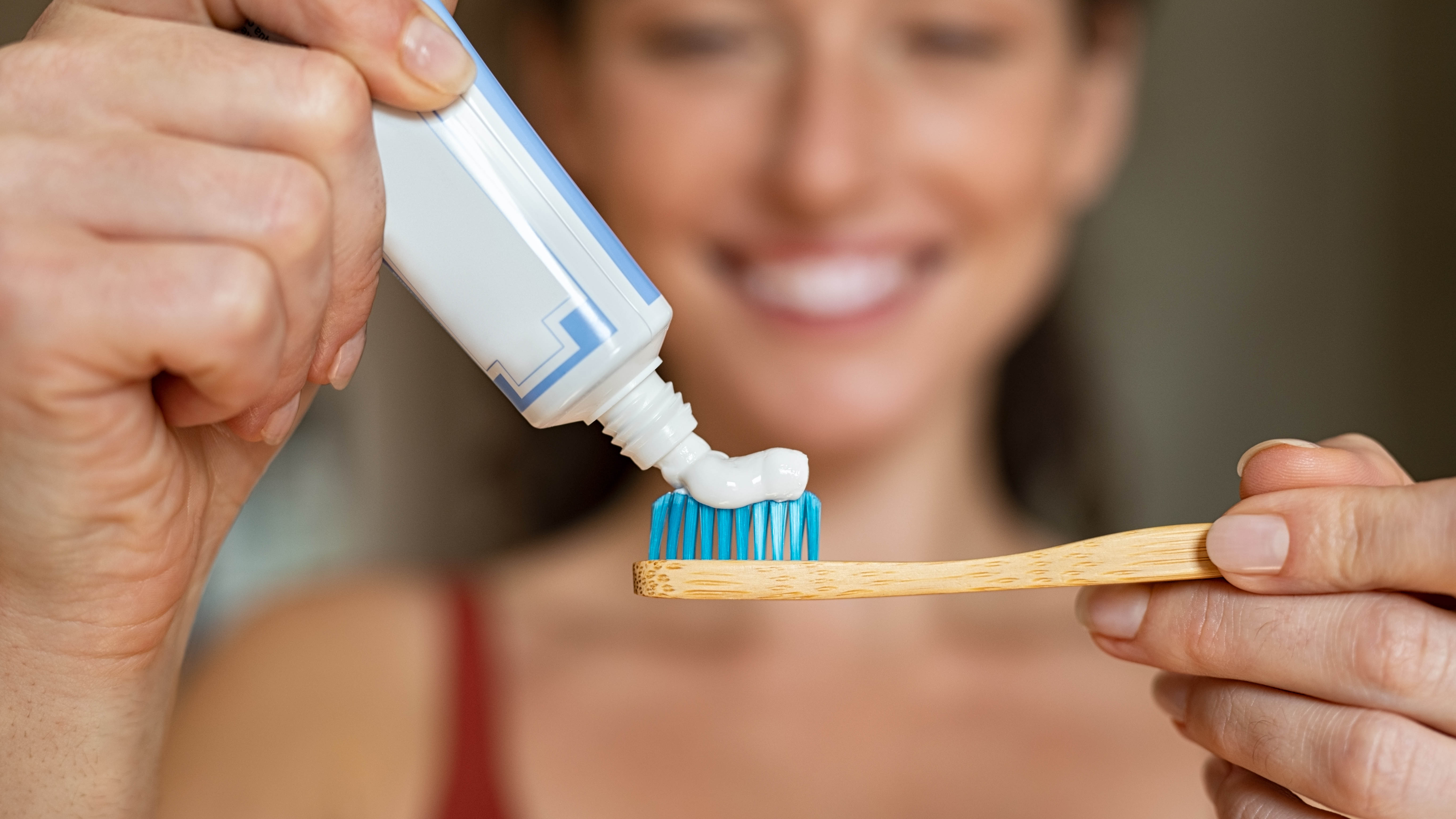
For toothpaste, you specifically want to use one with whitening properties. To do this:
1. Apply a small amount of toothpaste onto a sponge.
2. Rub the sponge in a circular motion over the stain.
3. Clean the area with a clean sponge and warm water.
4. Let it dry naturally.
Toothpaste is a gentle solution for pen mark removal and so, in some cases, may not be strong enough to remove the ink. But, with such a gentle approach, it won’t hurt to try.
Hand sanitizer
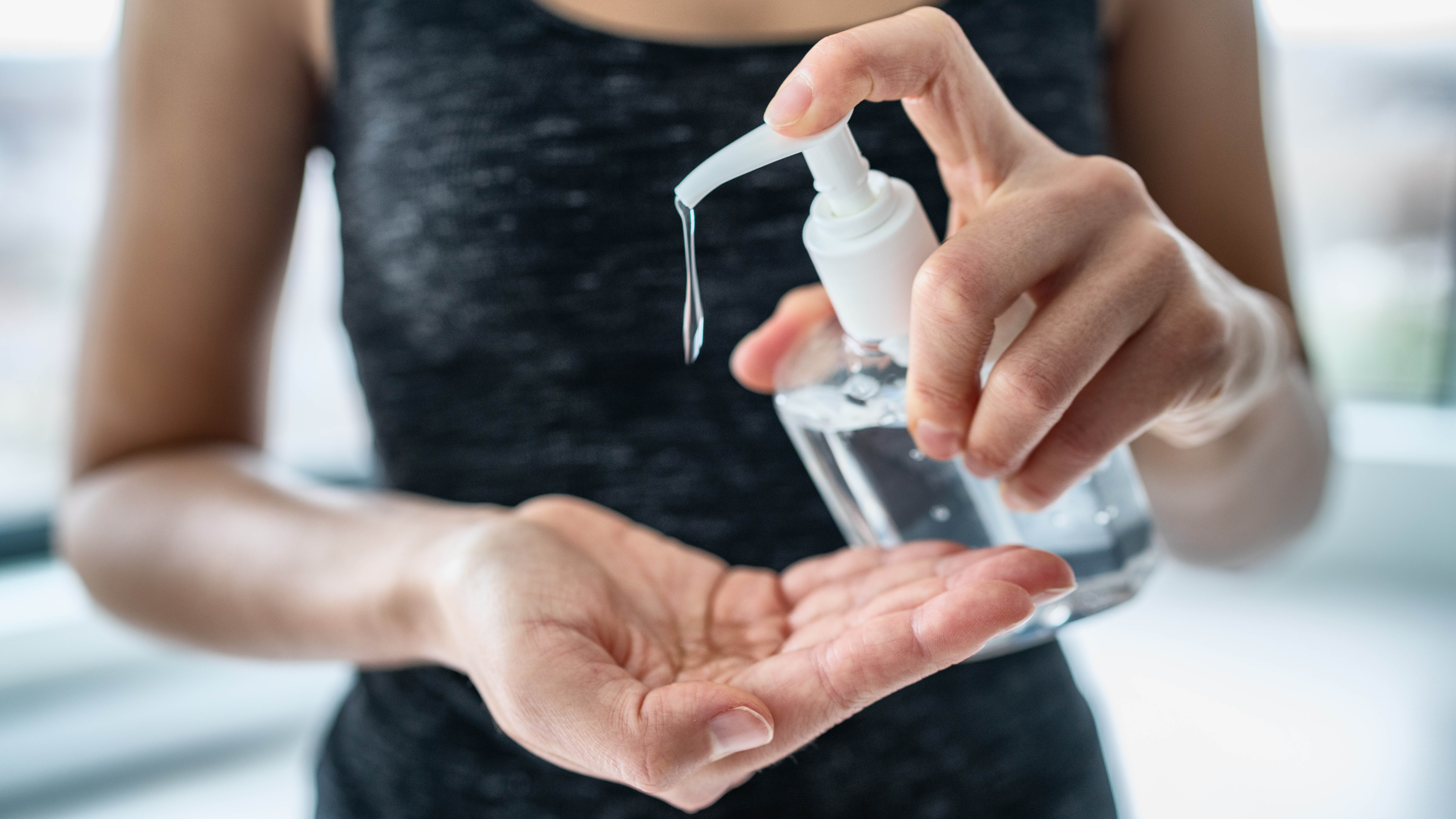
Similar to hairspray, hand sanitizer is another option for stain removal. You’ll want to opt for an alcohol-based sanitizer as this ingredient will be what works against and disintegrates the stain. Follow the same instructions as the whitening toothpaste for this.
Insect repellent
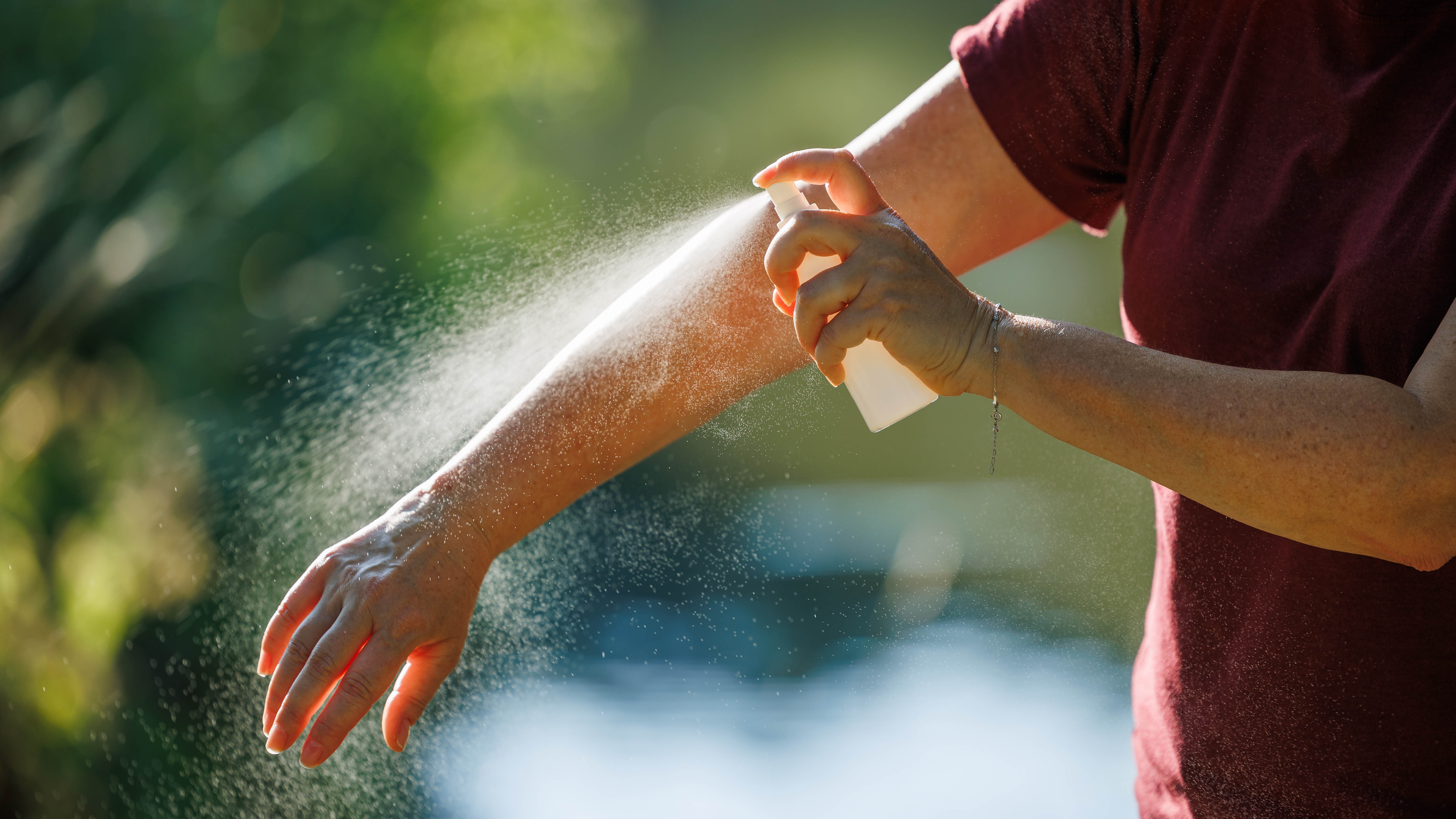
Finally, a less commonly used stain remover is insect repellent. You won’t want to use this method if you’ve got kids or pets at home and if you do choose to use it, ensure your room is well ventilated by opening windows and/or doors.
1. Spray the insect repellent generously onto the ink stain.
2. Let it soak for a few minutes.
3. Wipe off with clean cloth and warm water.
4. Let it dry naturally.
Like every single option on our list, it’s the active ingredients within the solution that helps lift the stain from the surface and allows you to wipe it off.
More from Tom's Guide
Grace is a freelance journalist working across homes, lifestyle, gaming and entertainment. You'll find her writing for Tom's Guide, TechRadar, Space.com, and other sites. If she's not rearranging her furniture, decluttering her home, or relaxing in front of the latest streaming series, she'll be typing fervently about any of her much-loved hobbies and interests. To aid her writing, she loves to head down internet rabbit holes for an unprecedented amount of time.

